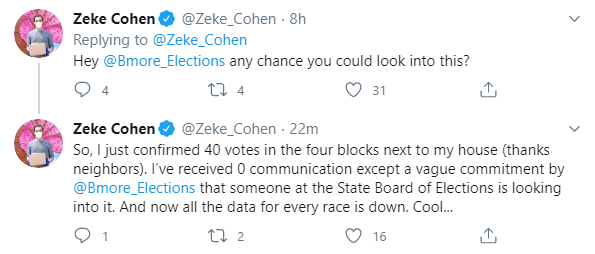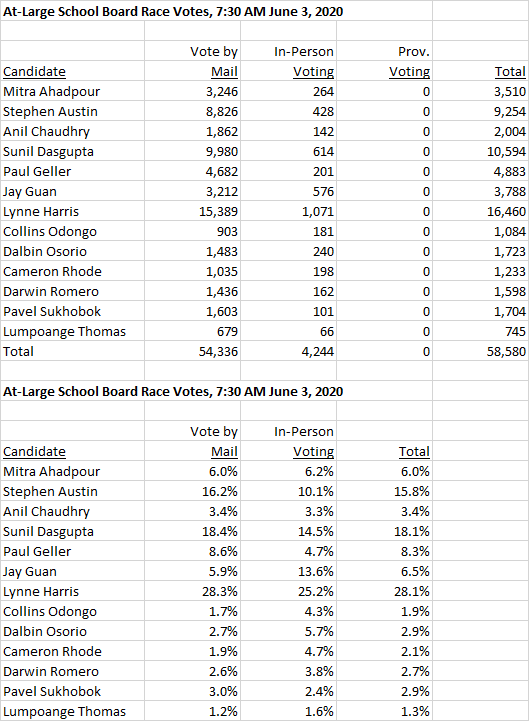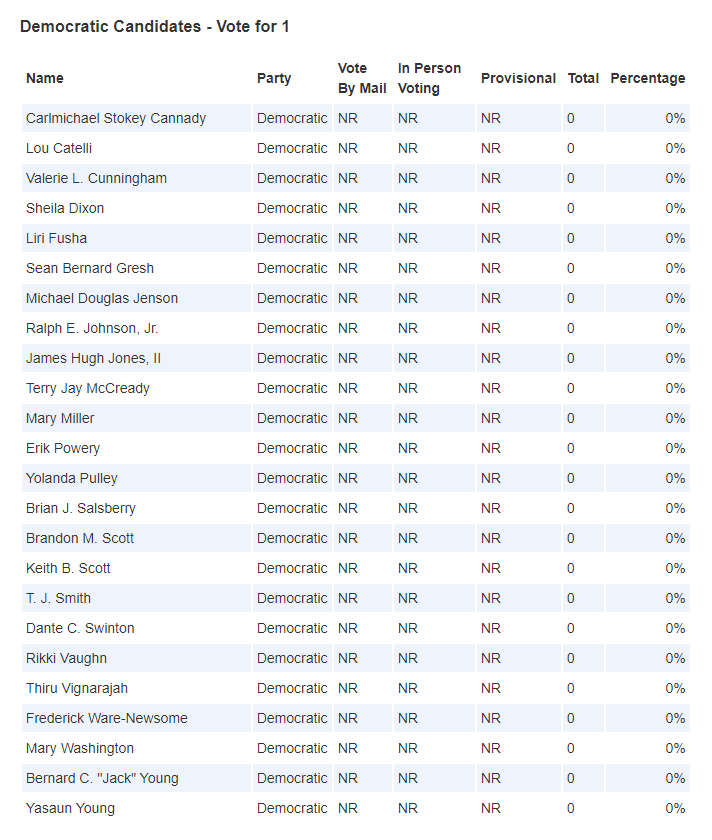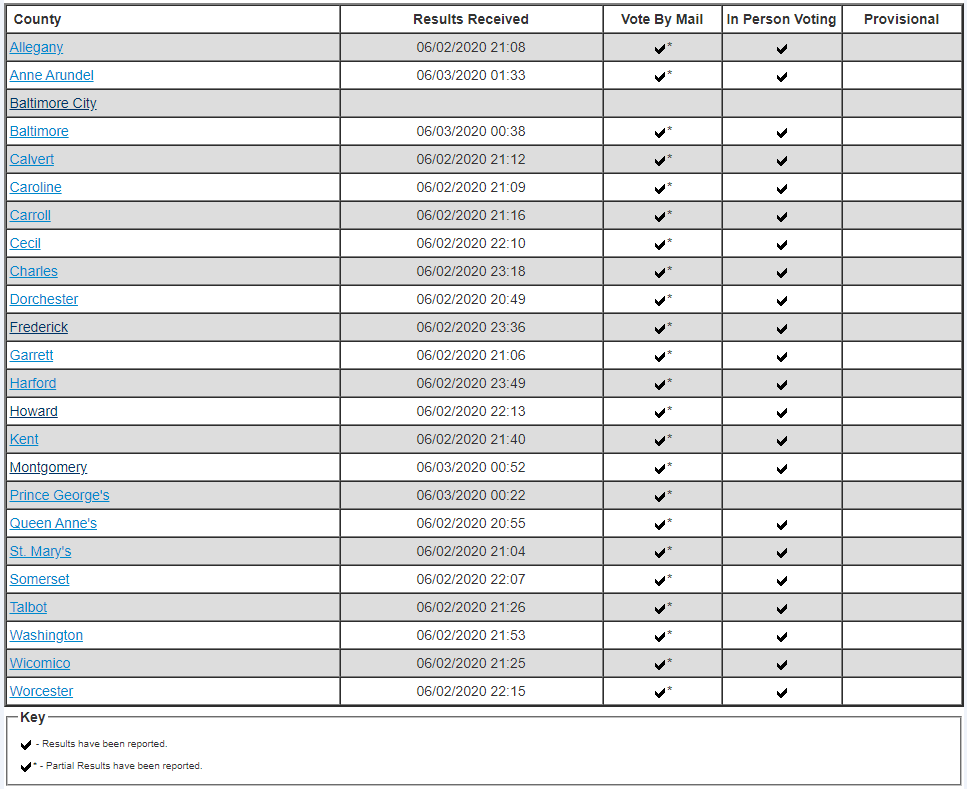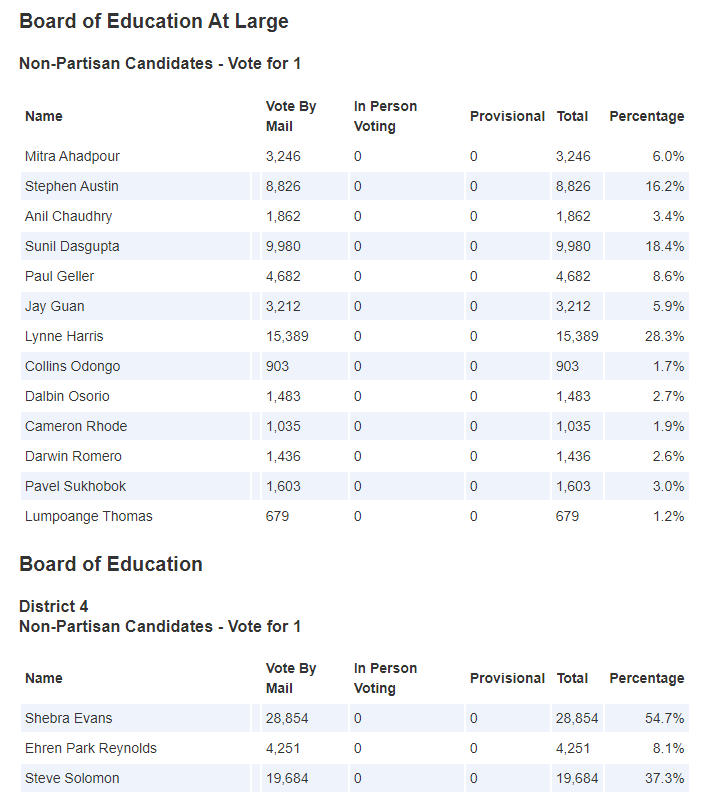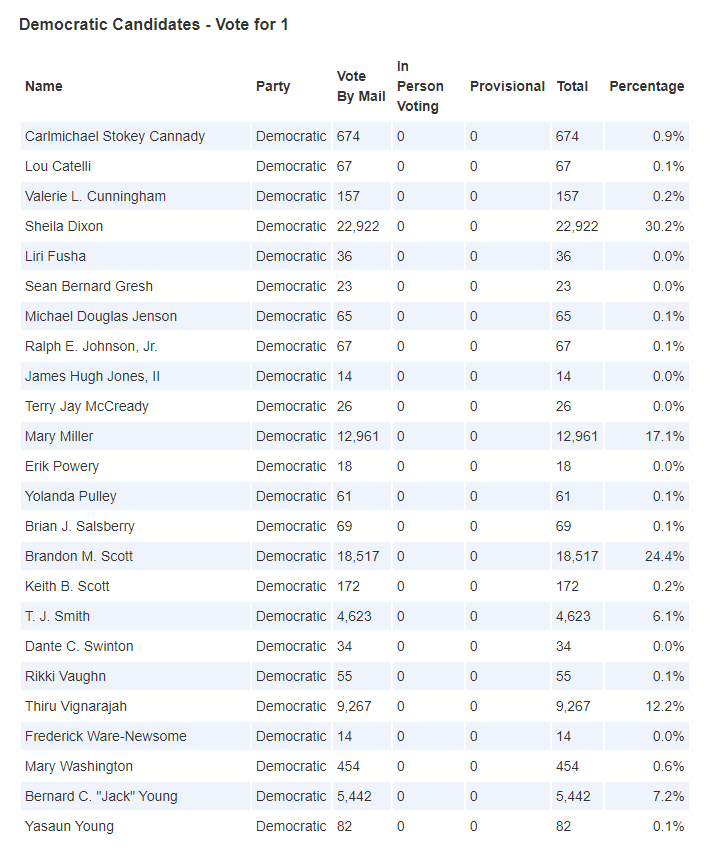By Adam Pagnucco.
State elections administrator Linda Lamone is one of the great survivors in Maryland political history. Ensconced in her perch since 1997, she has weathered crisis after crisis over the years. Think about the folks holding power when Lamone was first appointed: Governor Parris Glendening, Attorney General Joe Curran, Comptroller Louis Goldstein, Senate President Mike Miller and Speaker of the House Cas Taylor. All are long gone except for Miller, who is still in the Senate but has relinquished his post as president. And yet Lamone remains.
It is time for state Democrats to bring that to an end.
In light of everything that just happened in the primary, consider this. For Democrats, voting rights are a core issue. In Maryland, Democrats passed early voting, same-day voter registration and automatic voter registration. They were outraged when MoCo’s Republican-majority county board of elections resisted opening early voting centers in heavily minority communities in 2015 and 2019. Democrats all over the country accuse Republicans of trying to suppress voting, especially in predominantly black and Latino precincts.
What went on in the recent primary is far worse than any squabbling over early voting centers. I bet there are not many adults in this state who don’t know someone who got a late ballot, got no ballot at all or got ballots for people who no longer lived at their address. The botched count in Baltimore City’s Council District 1 is disgraceful and may be beyond redemption. The city’s elections director admitted to Baltimore Brew that he was asleep when city results were pulled overnight and added, “I have no idea why it happened.” Observing the wreckage, Lamone herself told the Sun, “As I said before, I’m really proud of the way everybody pitched in and helped and tried to make everything work as best it could.”
Donald Trump could not have asked for a better example for his case against voting by mail than what happened in Maryland. The fact that the epicenter of our electoral meltdown was majority-black Baltimore City enables Trump and his allies to argue that voting by mail disenfranchises black voters.
Think about that for a minute.
Ballot problems were probably inevitable given the long history of audits finding issues with the state’s custody of voter registration records. Here is a sample of what legislative audits on the State Board of Elections (SBE) conducted over the last decade have said.
June 2010: “Our audit disclosed several deficiencies with respect to oversight of the local election boards. Procedures were not sufficient to ensure the propriety of the Statewide voter registration database. For example, processes put in place to ensure the propriety of critical database changes (such as to add or delete voter registrations) processed by the local boards were not comprehensive and SBE did not ensure that local boards removed convicted felons from the voter registration database.”
March 2014: “Known security concerns over the Online Voter Registration System, which allows citizens to register to vote and update voter registration records online, were not being properly addressed until recently. In addition, adequate procedures were not in place to ensure convicted felons serving court-ordered sentences were removed from the voter registration database.”
April 2017: “SBE did not establish certain controls to maintain the integrity of the Statewide voter registration records and to protect certain voter data. For example, user access to the voter registration system was not effectively controlled; consequently, numerous system users had unnecessary access to the voter registration database, which was removed after our inquiries. We also noted that SBE did not ensure that personally identifiable information from the database was either properly safeguarded when transmitted to a third party contractor or removed from its own records. In this regard, the full social security numbers from over 590,000 voters were retained by SBE in the database even though only the last four digits are needed.”
December 2019: “SBE’s oversight processes were not adequate to ensure that local boards of election appropriately corrected voter registration data based on the results of internal reviews of voter registration activity and the reports of possible ineligible voters that it received from external sources.”
Did anyone in authority actually read these audits?
Other than Lamone herself, the key figure in all of this is State Senate President Bill Ferguson. Under the structure of the Linda Lamone for Life law, the state elections administrator serves until her successor is confirmed by the Senate. In the old days, then-President Mike Miller, Lamone’s great protector, was in charge so Lamone was safe. But Miller is now out of power and Ferguson sits on the throne. Ferguson, who was elected to the Senate in 2010, was not in office when the Lamone for Life law was passed. (That probably applies to a majority of the current General Assembly.) Ferguson is a young, thoughtful consensus seeker who wants to show that government can make a positive difference in people’s lives. Lamone’s continued tenure is a threat to that perspective. Let’s remember that Baltimore City Council District 1, where the worst mistakes were committed, overlaps with Ferguson’s own legislative district. How many constituent complaints has Ferguson received? Because he now runs the Senate schedule, if Ferguson were to call for Lamone’s resignation, that would be a game changer. So far he has not.
The big winner from the blow-up is Governor Larry Hogan, who can point out that the Lamone for Life law prevents him from removing her. Whenever anything goes wrong, now or in the future, Hogan can simply blame the Democrats. What happens if Hogan activates his massive social media machine around the issue? The potential public shaming capacity is almost beyond comprehension.
Then there is Comptroller Peter Franchot, who is running for governor on a “disrupt the machine” platform. Franchot has openly called for Lamone’s resignation. The Democratic leadership detests Franchot even more than Hogan and would rather gargle transmission fluid than see him become governor. One of them acidly reminded me that Franchot voted for the Lamone for Life bill when he was a Delegate minutes after getting his anti-Lamone email. Regardless, the last thing that the Democratic leaders want to do is gift-wrap a campaign issue for Franchot. And as long as Lamone remains in her job, Franchot will cite her as Exhibit A of “the machine.”
All of the above said, here is the bottom line. Long ago, the Democrats created Lamone. They passed a law to protect her. They kept her at the state board of elections despite two decades of problems. Whether they like it or not, they own what she does. The rampant issues in our latest primary are now calling the question, which is this: the Democrats cannot be the party of voting rights and also the party of Linda Lamone. It’s time to make a choice.
With voters all over the state looking on, what will they choose?





